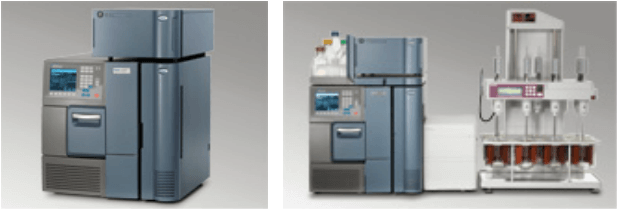BEE VENOM ANALYSIS
The samples are diluted and filtrated before the HPLC analysis, where melittin content and other components are measured. Other characteristics and quality aspects can also be checked, for example color, pH, solubility, and composition.

